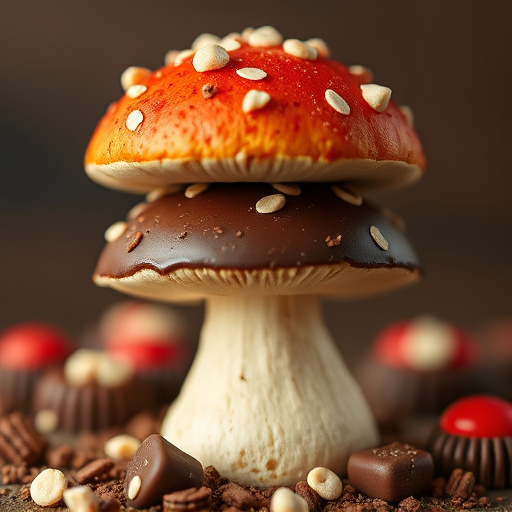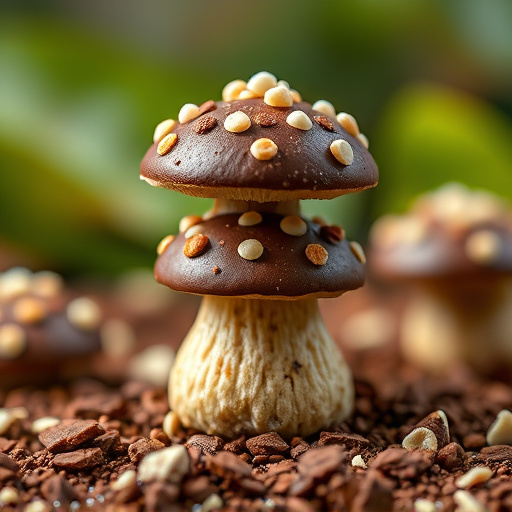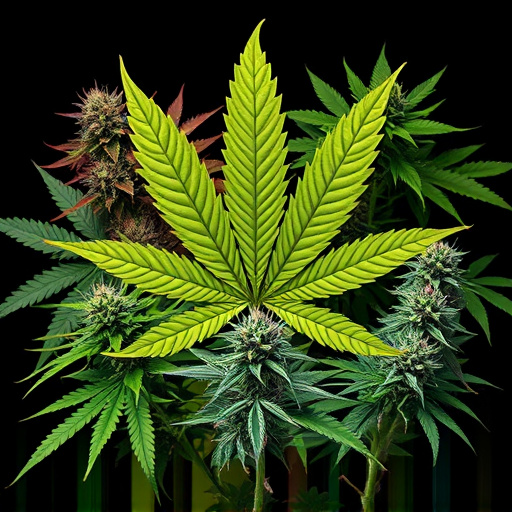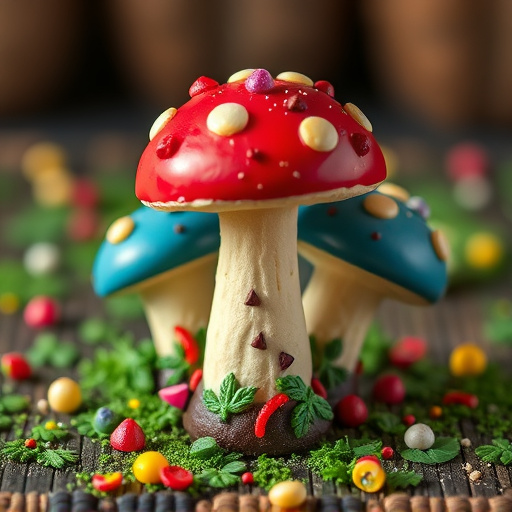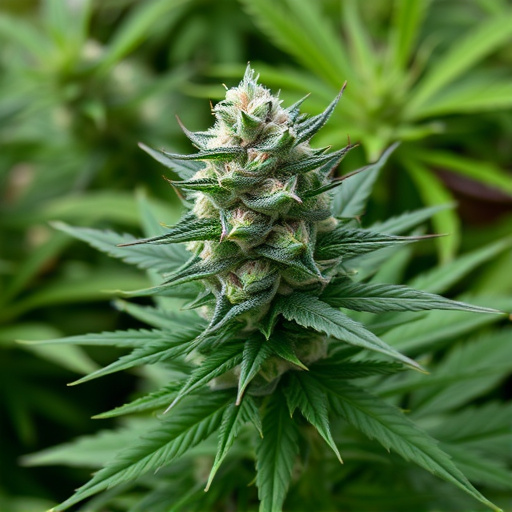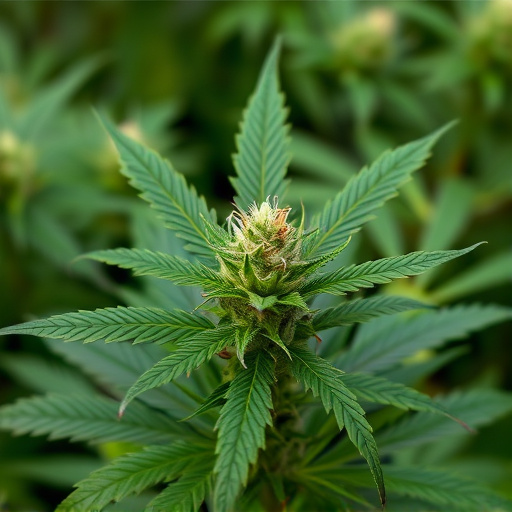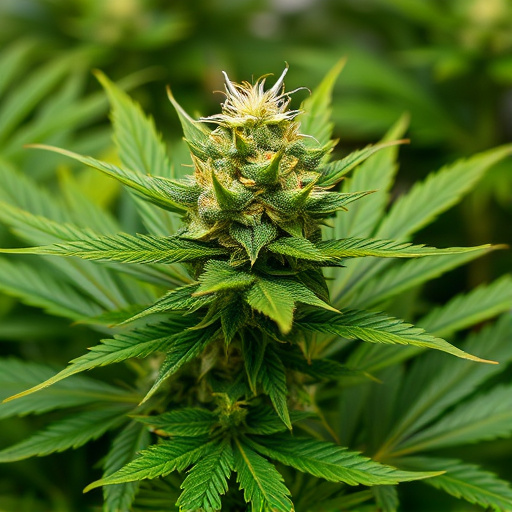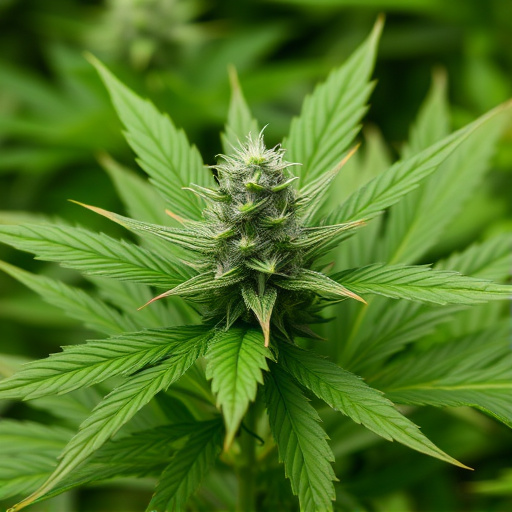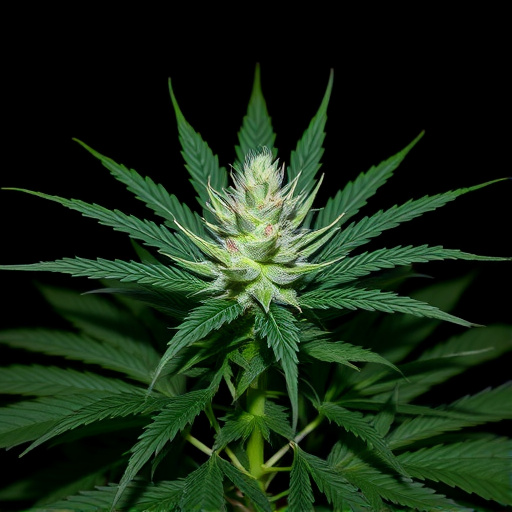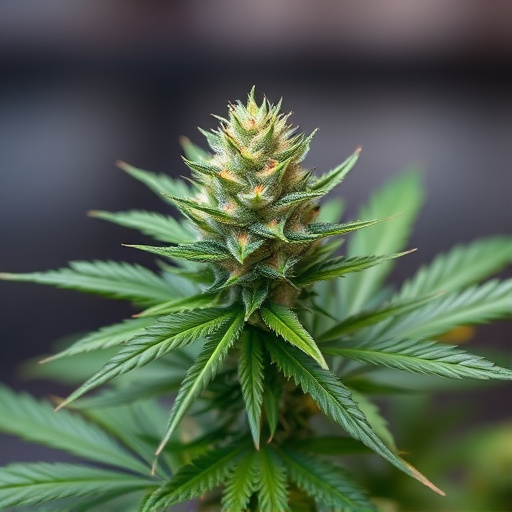Trichomes, tiny glandular hairs on cannabis plants, are crucial for defining the quality and attributes of both Cannabis sativa (sativa) and Cannabis indica (indica) strains. These structures produce essential compounds like terpenes, cannabinoids, and flavonoids that contribute to aroma, flavor, and therapeutic benefits. By observing trichome development, color (from milky white to amber or red), density, and size, cultivators can accurately assess strain maturity and determine the optimal harvesting time for peak potency and desirable traits in both sativa and indica varieties.
“Uncover the secrets of optimal cannabis harvesting with our comprehensive guide. Learn how to inspect trichomes, the tiny hair-like structures that hold the key to quality and potency in both Cannabis sativa and Cannabis indica strains. Understanding their appearance and maturity level allows cultivators to time their harvest perfectly. This article navigates you through identifying trichome stages, offering a step-by-step technique for examining them. By mastering this skill, ensure your cannabis products reach their full potential.”
- Understanding Trichomes: The Key to Cannabis Quality
- Identifying Maturity: When to Harvest Based on Trichome Appearance
- Techniques for Examining Trichomes: A Step-by-Step Guide
Understanding Trichomes: The Key to Cannabis Quality
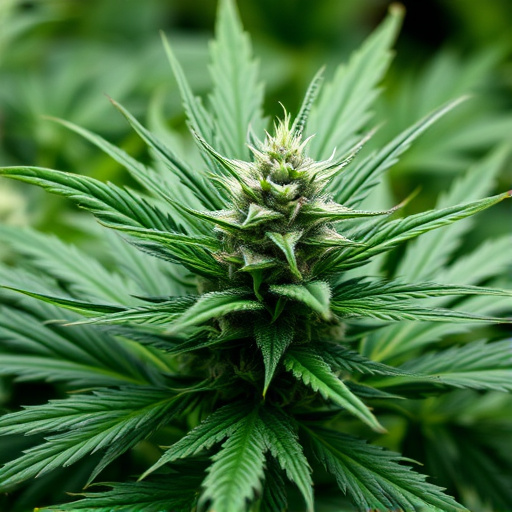
Trichomes, tiny glandular hairs found on the surface of cannabis plants, are the key to unlocking the quality and potential of both Cannabis sativa and Cannabis indica. These intricate structures produce and concentrate various compounds, including terpenes, cannabinoids, and flavonoids, that contribute to the plant’s unique aroma, flavor, and therapeutic effects.
Understanding trichome development and structure allows cultivators and enthusiasts to accurately assess a cannabis strain’s maturity and quality. As plants mature, trichomes transform from clear or milky to amber or brown, indicating the onset of cannabinoid synthesis. Visual inspection, coupled with basic knowledge of trichome anatomy, enables users to determine when a strain is ready for harvesting, ensuring optimal potency and desirable characteristics.
Identifying Maturity: When to Harvest Based on Trichome Appearance
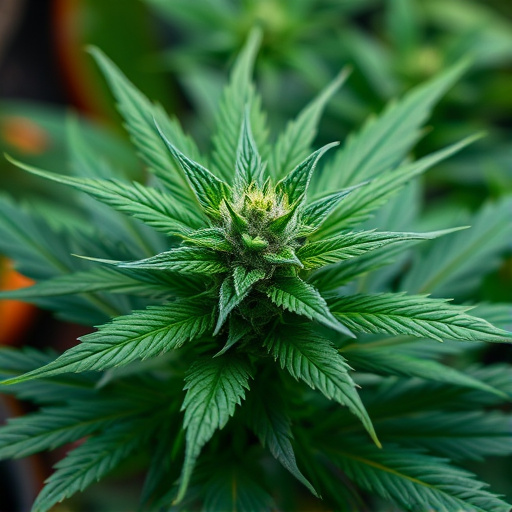
The maturity of cannabis plants is a critical factor in determining the optimal time for harvesting, and one of the most effective ways to gauge this is by examining the trichomes—the tiny, glandular hairs that cover the surface of the flowers. Trichome appearance varies between strains of both cannabis sativa and cannabis indica, but generally, they start out clear or transparent and gradually turn milky or cloudy as the plant matures. This transformation occurs due to the buildup of terpenes and cannabinoids within the trichomes, signaling that the plant is ready for harvest.
For cannabis sativa plants, harvest time typically arrives when the majority of trichomes have turned milky, indicating a high level of THC production. In contrast, cannabis indica strains often require a slightly earlier harvest; their trichomes may start to darken and become more viscous, hinting at increased CBD levels, before they completely turn milky. Regular observation allows cultivators to identify the ideal moment for harvesting, ensuring that each strain reaches its peak quality and potency.
Techniques for Examining Trichomes: A Step-by-Step Guide
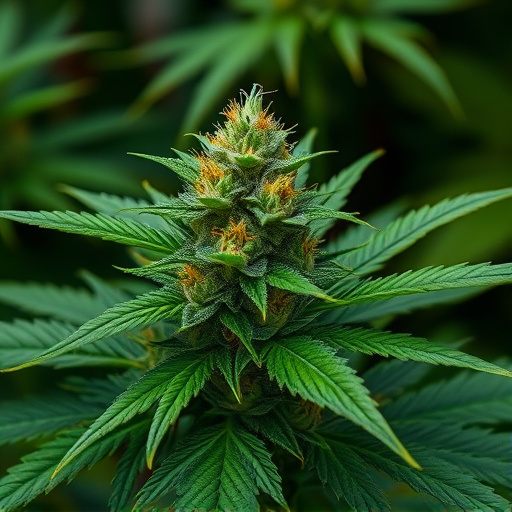
To effectively check trichomes for harvesting and quality, you’ll need a detailed understanding of their structure and appearance across different strains like cannabis sativa and cannabis indica. Trichomes, tiny glandular hairs, are responsible for producing cannabinoids and terpenes, key factors in the plant’s potency and flavor.
Examine your cannabis flowers under natural light or with a magnifying glass to observe trichome color, which can range from milky white to amber or red. A clear, consistent coat of trichomes indicates optimal harvesting time, while sparse coverage suggests an earlier harvest may be necessary. Use a loupe to count the density and size of trichomes; mature trichomes should be plump, sticky, and well-covered, signaling high-quality cannabis ready for curing.
When examining trichomes, whether from cannabis sativa or indica varieties, understanding their role in determining harvest quality and timing is key. By mastering the art of identifying mature trichomes, cultivators can ensure they achieve the best possible yield and flavor profiles. This step-by-step guide provides a practical framework for navigating this intricate process, enabling growers to make informed decisions at every stage of the cannabis cultivation cycle.
